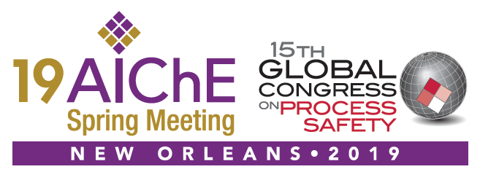

The client has expressed the goal to manage combustible dust hazards in accordance with the industry standard of care with the objectives of protecting life, property, and business continuity. The National Fire Protection Association (NFPA) standards on combustible dust outline several options for meeting these objectives. One approach is to apply prescriptive fire and explosion protection measures where combustible dust fire, flash fire, or explosion hazards are determined to exist. An alternative approach is to apply a risk-based methodology to determine appropriate safeguards for achieving acceptable risk. Naturally, the prescriptive approach is intended to be conservative and broadly applicable. When applied to the systems in question, substantial resources would be required regardless of whether such measures contribute to an appreciable reduction in risk. A risk-based approach, on the other hand, provides a method for selecting optimized risk-reduction measures to achieve industry accepted levels of risk. A risk analysis may also illustrate that no further safeguards are necessary in situations where risk is already low enough to be considered broadly acceptable.
In this case study, we were able to establish that through cost-effective means, most facilities could make substantial gains in reducing exposures consistent with industry risk tolerance thresholds, without meeting the prescriptive measures of the NFPA standards.
Presenter(s)
Language
Pricing
Individuals
| AIChE Member Credits | 0.5 |
| AIChE Pro Members | $19.00 |
| Employees of CCPS Member Companies | Free |
| AIChE Graduate Student Members | Free |
| AIChE Undergraduate Student Members | Free |
| AIChE Explorer Members | $29.00 |
| Non-Members | $29.00 |
